- Summary list for 9.4 Reproduction in plants
- Mindmaps
- Exam style question about plant reproduction
- Model answer
- Exam style question about drawing an angiosperm flower
- Model answer
- Model answer
- Multiple choice questions
- 9.4 Plant reproduction 1/1
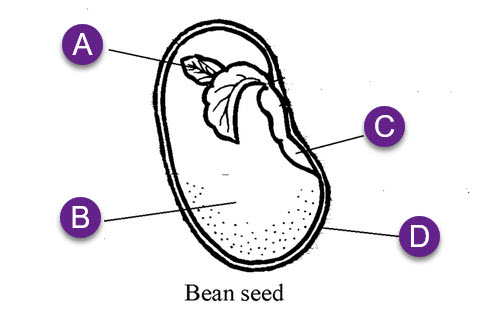 In this topic the need for flowers and pollination is explored quite simply. The parts of a flower, the processes of pollination and fertilisation as well as seed dispersal and germination are included. The mutualistic relationships between pollinators and flowers is interested to consider as well well as the phytochrome mechanism of stimulating flowering.
In this topic the need for flowers and pollination is explored quite simply. The parts of a flower, the processes of pollination and fertilisation as well as seed dispersal and germination are included. The mutualistic relationships between pollinators and flowers is interested to consider as well well as the phytochrome mechanism of stimulating flowering.Learn and test your biological vocabulary using these 9.4 Reproduction in plants flashcards.
These slides summarise the essential understanding and skills in this topic.
They contain short explanations in text and images - great revision.
Read the slides and look up any words or details you find difficult to understand.
Summary list for 9.4 Reproduction in plants
- Flowering involves a change in gene expression in the shoot apex which is a response to the length of light and dark periods in many plants
- Outline details of the processes of pollination, fertilization and seed dispersal which are needed for success in plant reproduction.
- Most flowering plants use mutualistic relationships with pollinators in sexual
reproduction. - Methods used to induce short-day plants to flower out of season such as chrysanthemums, use long uninterrupted nights rather than short day
Skills
- Draw internal structure of seeds.
- Draw half-views of animal-pollinated flowers.
- Design of experiments to test hypotheses about factors affecting germination.
Mindmaps
These diagram summaries cover the main sections of topic 9.4 Reproduction in plants.
Study them and draw your own list or concept map, from memory if you can.
Try to turn the simple mindmap into the detailed mindmap from memory.
Exam style question about plant reproduction
Explaining the effect of auxin on plant growth is an important skill from this topic.
Answer the question below, on a piece of paper, then check your answer against the model answer below.
Outline the processes of pollination and fertilization in plant reproduction [4]
....................................................................................... ............................................................................
....................................................................................... ............................................................................
....................................................................................... ............................................................................
....................................................................................... ............................................................................
Click the + icon to see a model answer.
Test yourself
Multiple choice questions
This is a self marking quiz containing questions covering the topic outlined above.
Try the questions to check your understanding.
START QUIZ!
Drag and drop activities
Test your ability to construct biological explanations using the drag and drop questions below.
An investigation was carried out to determine whether red or blue wavelengths of visible light affect the rate of germination of Lactuca sativa (lettuce) seeds.
Drag and drop the correct word into the gap to outline the variables of an investigation into germination.
aerobic energy radicle humidity Age Number absorbed Independent intensity Temperature Volume light
variable:
Wavelength of .
Dependent variable:
Time in hours of the emergence of the on germination.
Controlled variables:
of seeds in each condition.
Light .
(affects enzyme activity).
of water (is by the seed).
Oxygen (for respiration).
of seeds (older seeds may be less viable).
Explanation: A variable must be able to be measured, the dependent variable is not germination but the time taken to germinate.
Everyone needs a bit of fun while they revise. Try this plant reproduction card matching game.
Can you reach the leader board?
How much of Reproduction in plants 9.4 HL have you understood?




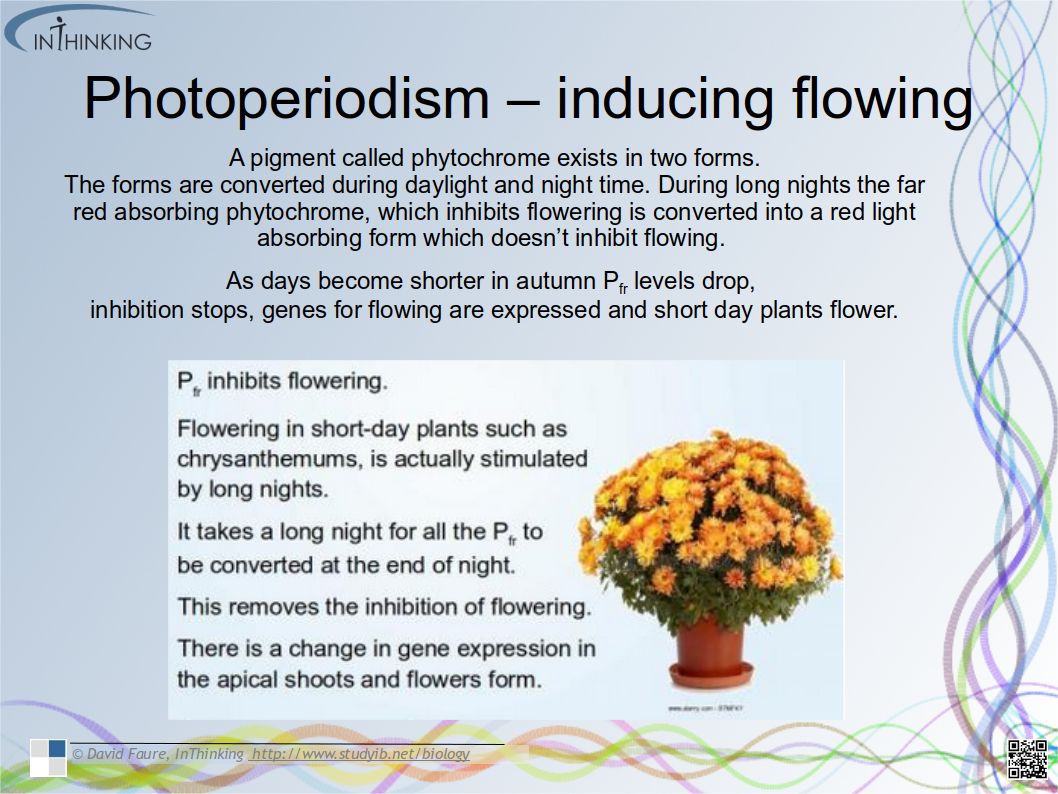

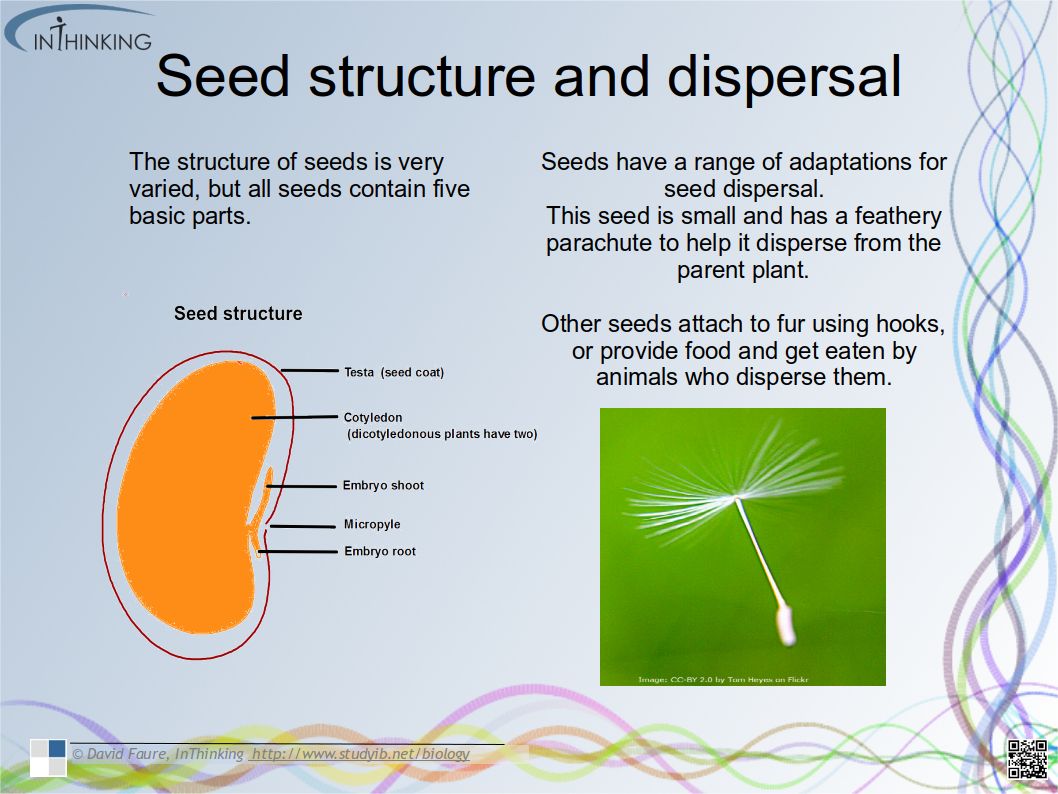

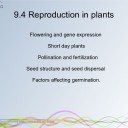
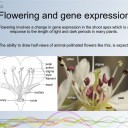
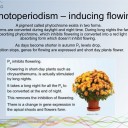



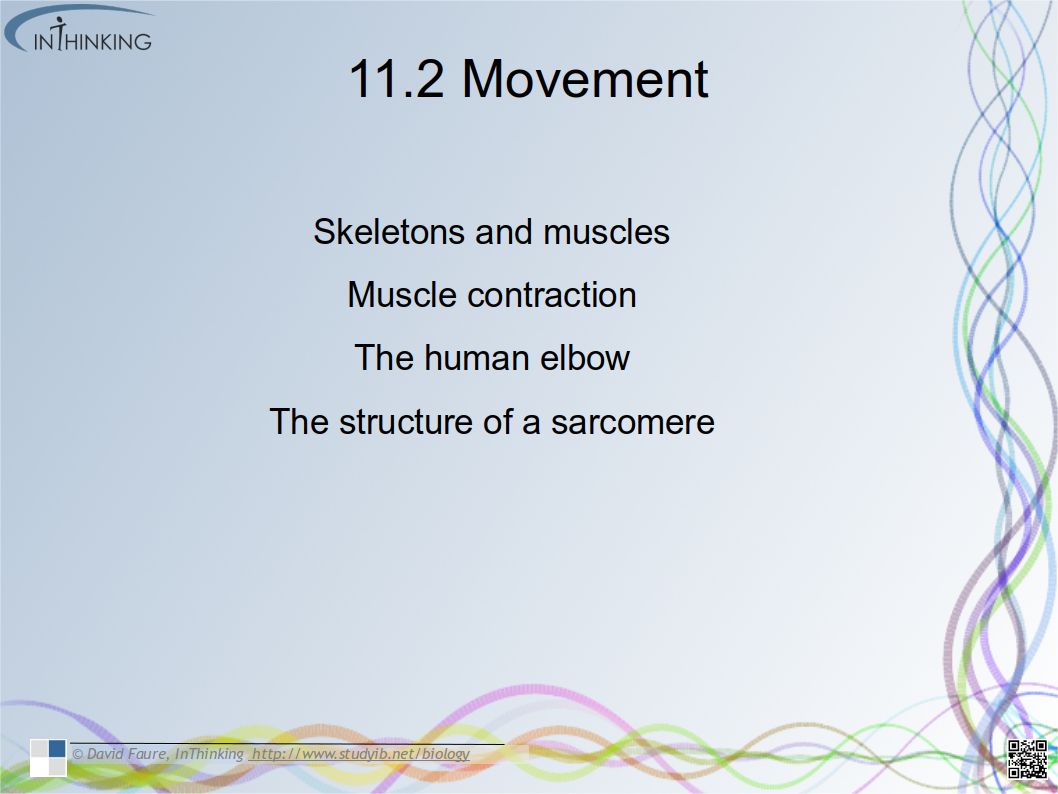
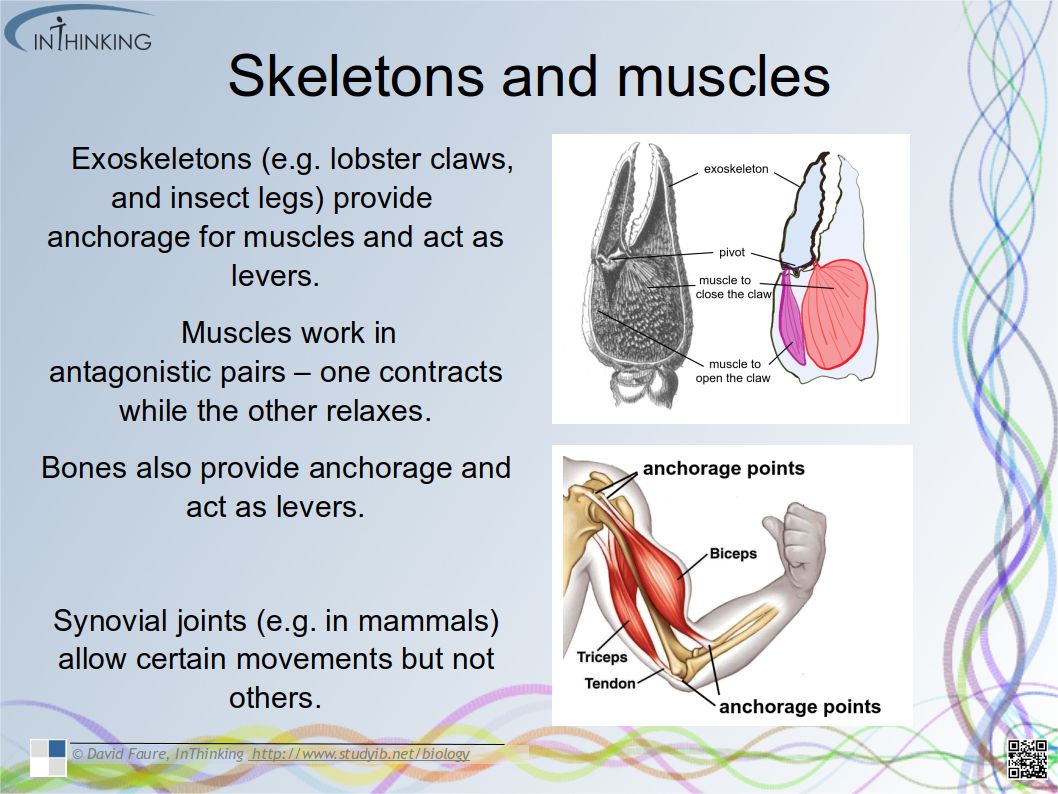
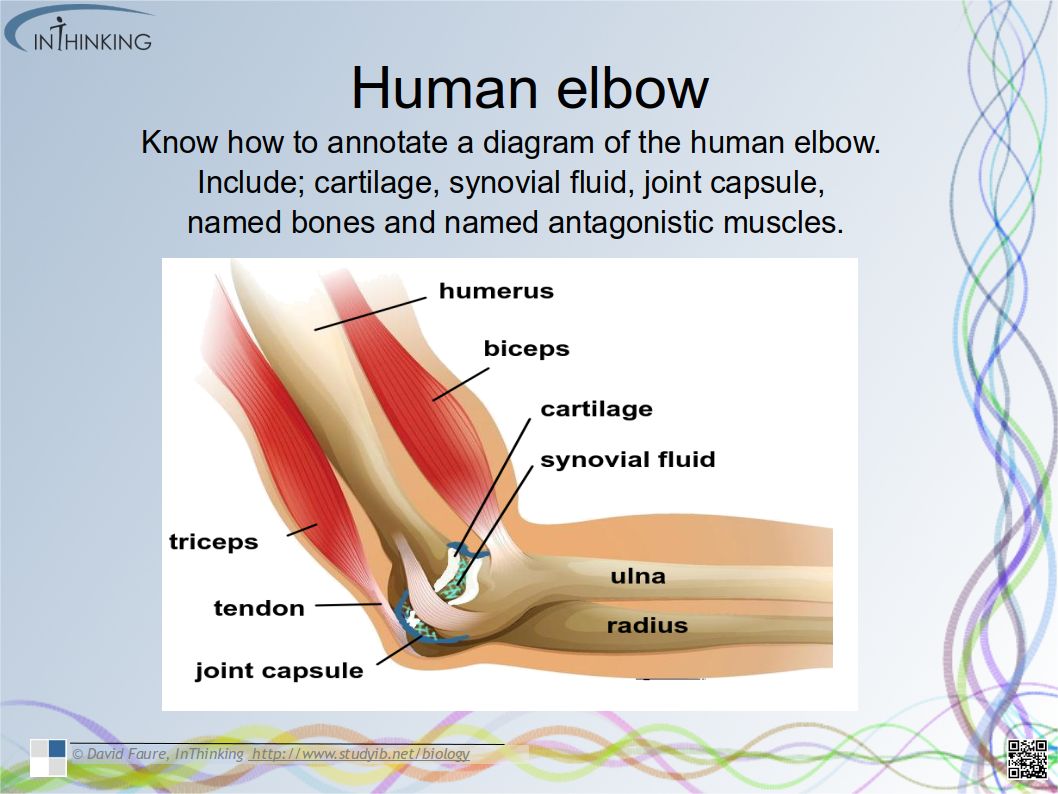

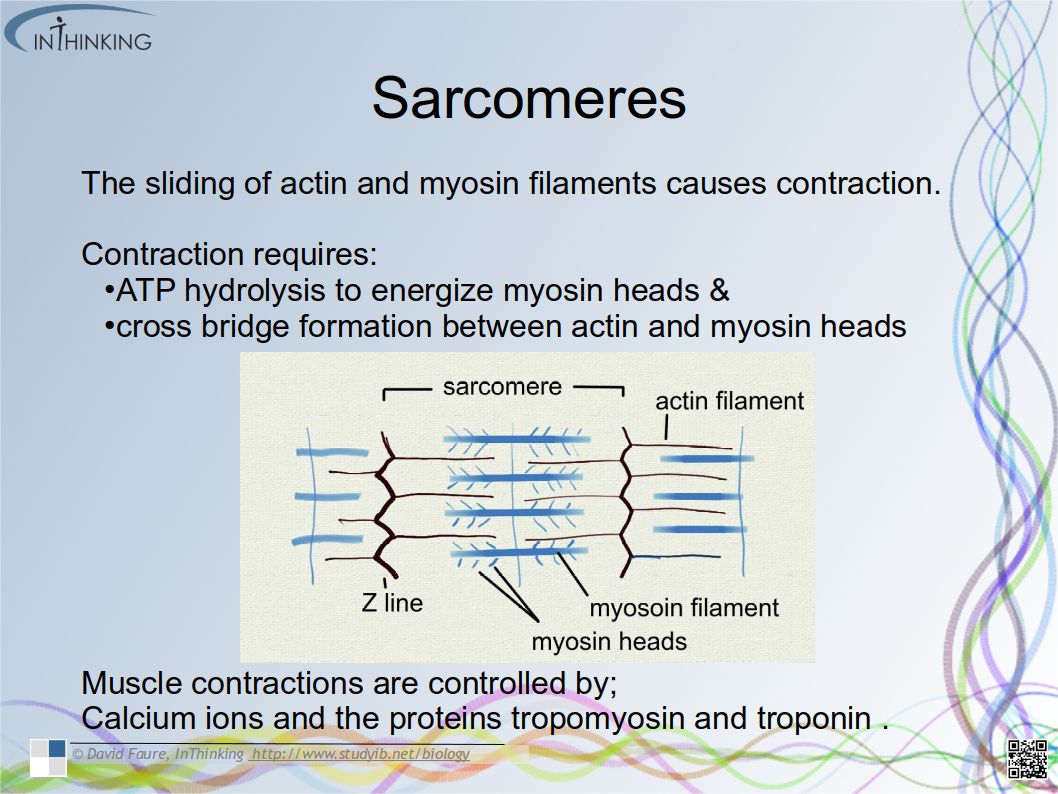

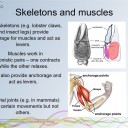
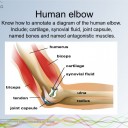

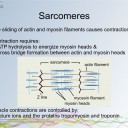


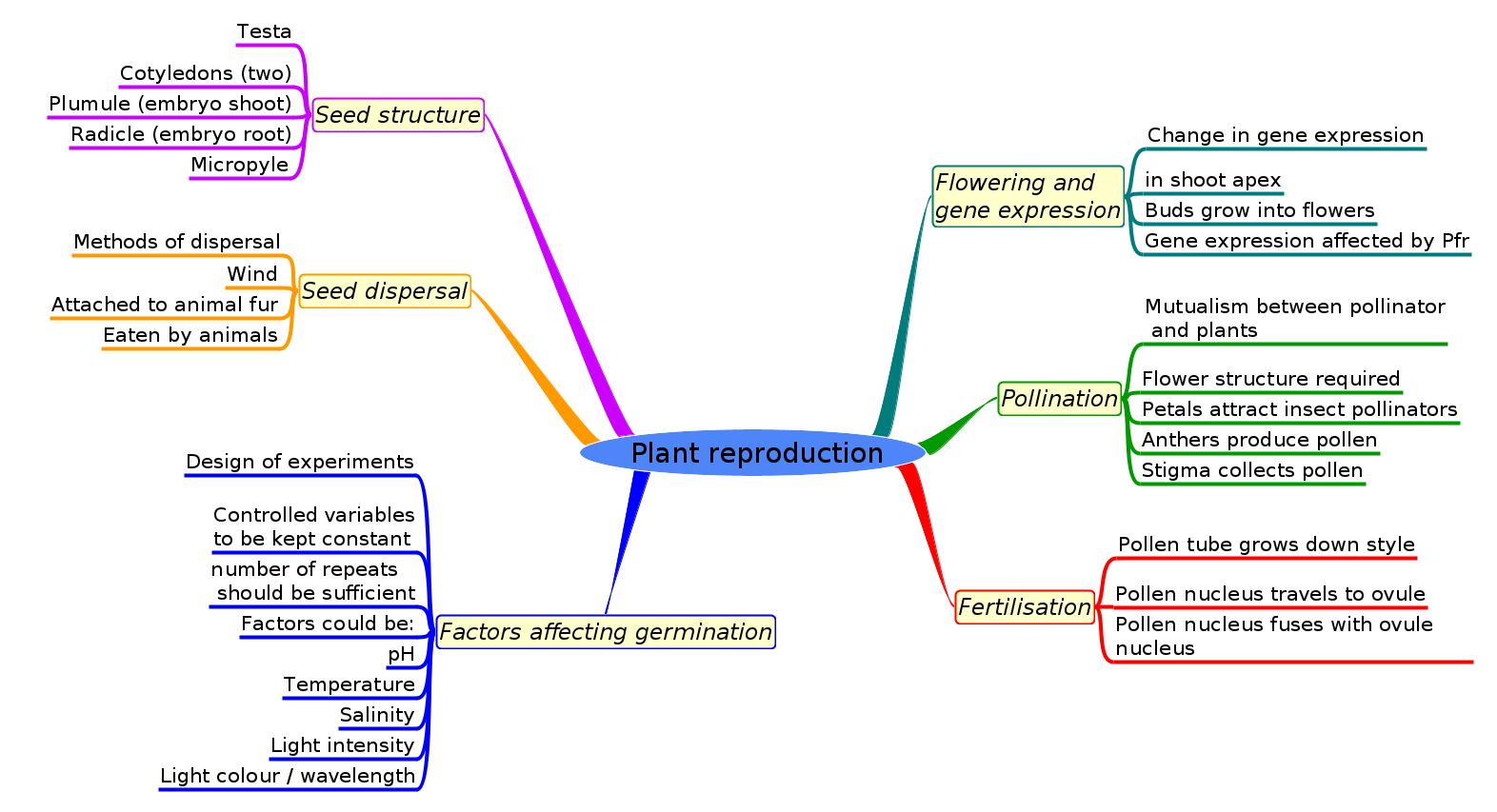
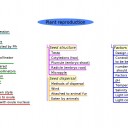
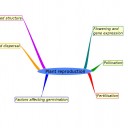


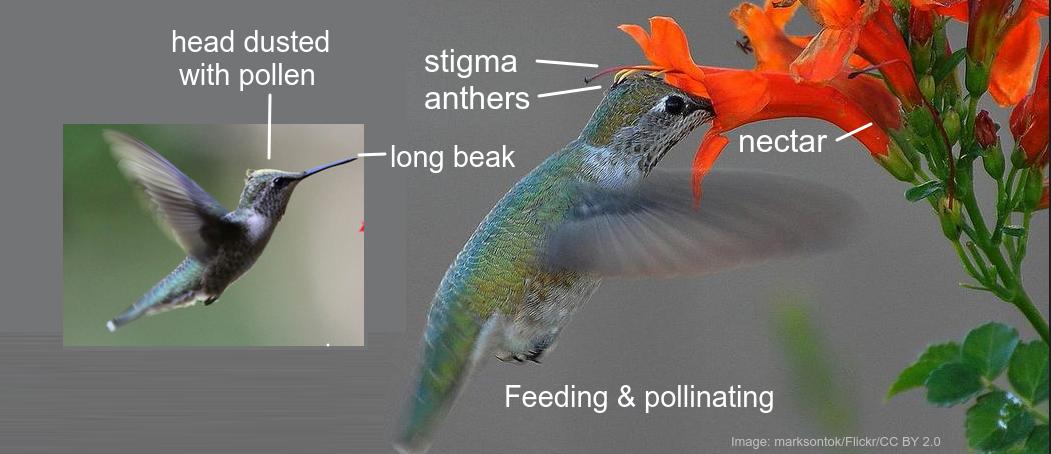
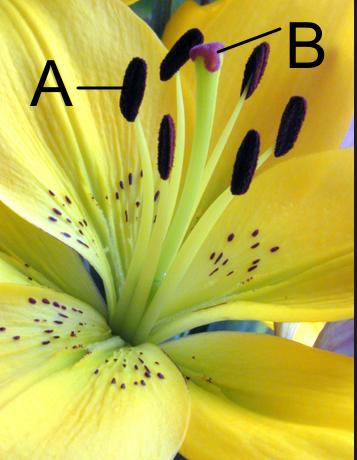
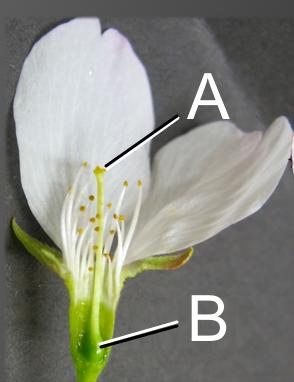
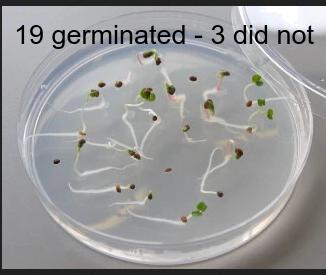
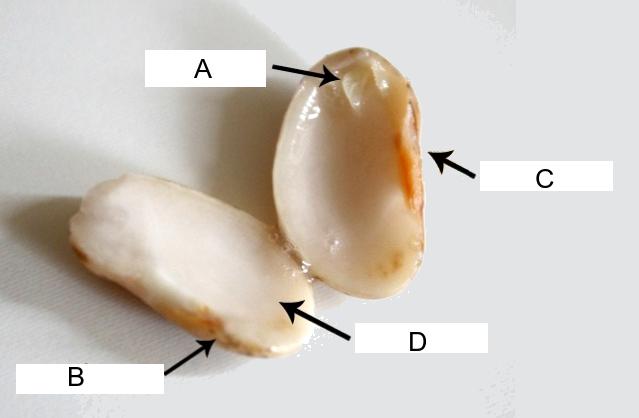

 Twitter
Twitter  Facebook
Facebook  LinkedIn
LinkedIn